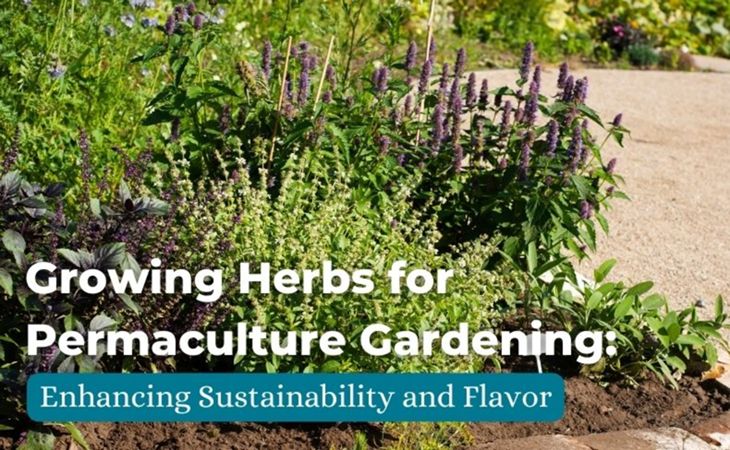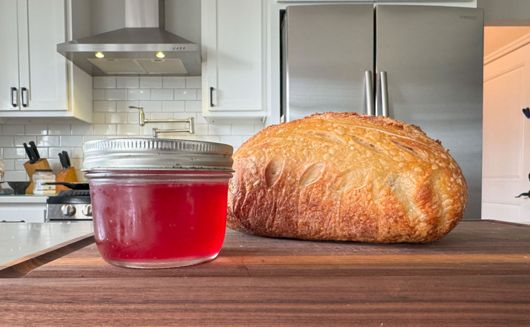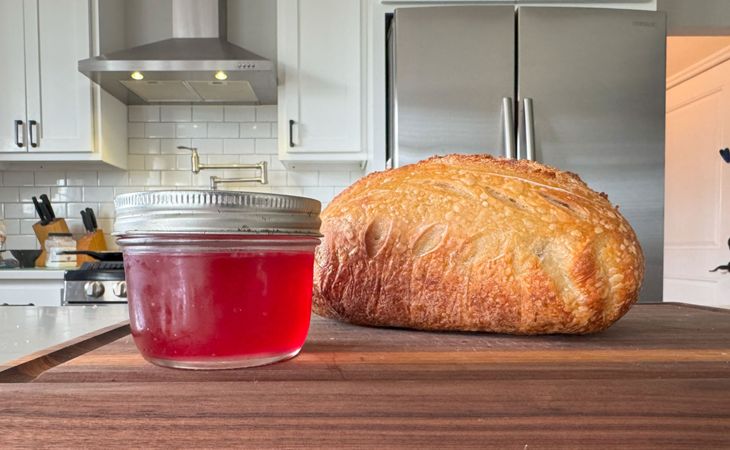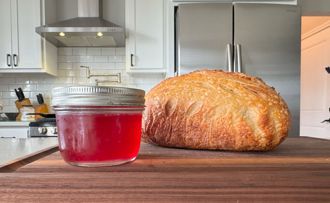Growing Herbs for Permaculture Gardening: Enhancing Sustainability and Flavor
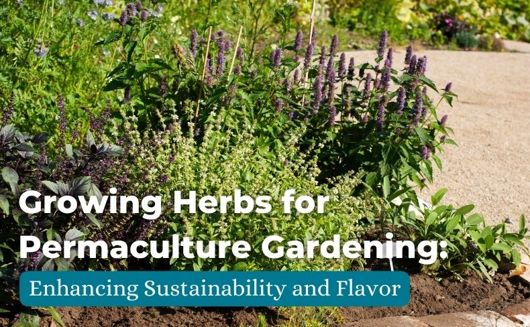
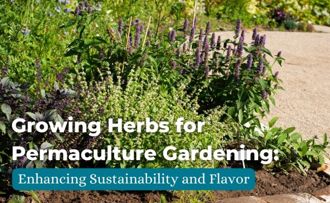
Permaculture gardening is gaining popularity for its sustainable and regenerative approach to growing food. One essential aspect of permaculture gardening is incorporating herbs into your garden. These versatile plants not only add flavor to your culinary endeavors but also contribute to the health and resilience of your garden ecosystem.
Benefits of Growing Herbs in Permaculture Gardening:
Biodiversity: Herbs attract a diverse range of beneficial insects and pollinators to your garden, creating a balanced ecosystem that reduces the need for pesticides.
Soil Improvement: Many herbs have deep root systems that help break up compacted soil, improving aeration and drainage. Their fallen leaves also contribute to the nutrient content of the soil, enhancing fertility.
Pest Control: Some herbs, such as chamomile, dill, and oregano, emit strong scents that repel pests like aphids, cabbage worms, and mosquitoes. By strategically planting these herbs, you can naturally protect your garden from unwanted visitors.
Culinary Delights: Growing herbs provides an abundant supply of fresh flavors for your kitchen. Herbs like thyme, sage, and parsley are versatile and can be used in a wide variety of dishes, adding depth and complexity to your meals.
Medicinal Properties: Many herbs possess medicinal qualities and can be used for herbal remedies, teas, and natural health products. For example, chamomile is known for its calming properties, while sage has antimicrobial and anti-inflammatory benefits.

Companion Planting with Herbs:
Companion planting involves growing different plants together to maximize their mutual benefits. Here are a few examples of companion planting with herbs:
Garlic Chives: Plant garlic chives near roses and apple trees to deter pests like aphids and Japanese beetles. Their pungent aroma helps keep these unwanted insects at bay.
Fernleaf Dill: Plant fernleaf dill near cucumbers, tomatoes, and lettuce to attract beneficial insects like ladybugs and lacewings. These insects feed on harmful pests like aphids and caterpillars, protecting your crops.
Oregano: Plant oregano near beans, broccoli, and cabbage to improve their growth and flavor. Oregano repels pests like cabbage butterflies and bean beetles, keeping your plants healthy.
Basil: Plant basil near tomatoes to enhance their flavor and repel pests like aphids and tomato hornworms. It also complements beans, peppers, and oregano when grown together.
Mint: Mint, with its strong scent, acts as a natural deterrent for pests such as ants, aphids, and cabbage moths. Plant in a container near the garden to keep these pests away.
Growing Tips for Popular Herbs:
Enjoy the process of nurturing these herbs and incorporating their flavors and aromas into your culinary adventures! Here are some quick tips for growing some of our more popular herbs:
Thyme: Thyme thrives in well-drained soil and full sunlight. It is drought-tolerant and doesn't require frequent watering. Prune regularly to promote bushier growth.
Sage: Sage prefers a sunny location with well-drained soil. It is a hardy perennial that requires little maintenance. Prune regularly and harvest leaves as needed to encourage new growth.
Chamomile: Chamomile prefers a sunny location but can tolerate partial shade. It grows best in well-drained soil. Harvest flowers when they are fully open and dry them for soothing herbal tea.

Parsley: Parsley grows well in rich, moist soil and partial shade. Water regularly to keep the soil evenly moist. Harvest outer leaves as needed and encourage regrowth by pinching off flowers.
Rosemary: Thrives in full sun and well-drained soil, prune regularly to maintain shape, and protect from frost in colder climates.
Oregano: Prefers full sun and well-drained soil, water moderately, harvest leaves when 4-6 inches tall, and mulch for winter protection.
Dill: Requires full sun and well-drained soil. Harvest leaves when 8-12 inches tall, and sow new seeds regularly for continuous growth.
Mint: Plant in rich, moist soil with partial shade to prevent it from spreading aggressively, water regularly to keep the soil consistently moist, and consider growing mint in containers to control its growth and prevent it from taking over the garden.
Lavender: Thrives in full sun and well-drained soil, water sparingly once established, prune lightly after flowering to maintain shape, and provide winter protection in colder climates by mulching around the base of the plant.
Remember, each herb has its own unique growing requirements, so adjust these tips based on your specific climate and growing conditions.
Growing herbs in your permaculture garden is a wise and rewarding choice. These versatile plants provide numerous benefits, from attracting beneficial insects to enhancing culinary experiences. Incorporating companion planting techniques further promotes a balanced and sustainable ecosystem in your garden.
Grow Your Own Herbs

 This item is USDA certifield organic
African Blue Certified Organic Basil
$18.99
This item is USDA certifield organic
African Blue Certified Organic Basil
$18.99

 This item is USDA certifield organic
Alpha Certified Organic Calendula
$18.99
This item is USDA certifield organic
Alpha Certified Organic Calendula
$18.99
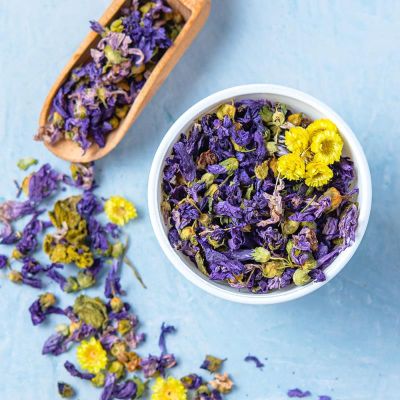
 This item is USDA certifield organic
Apothecary Organic Herb Starter Kit
$51.99
This item is USDA certifield organic
Apothecary Organic Herb Starter Kit
$51.99
 Barbeque Certified Organic Rosemary
$18.99
Barbeque Certified Organic Rosemary
$18.99
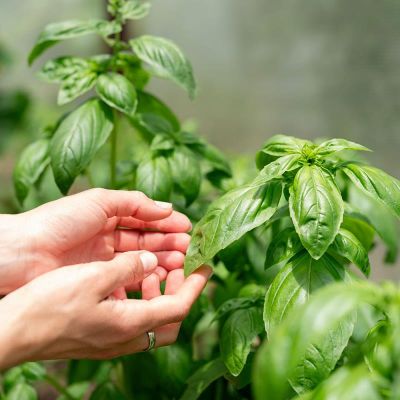
 This item is USDA certifield organic
Bountiful Organic Basil Collection
$84.99
This item is USDA certifield organic
Bountiful Organic Basil Collection
$84.99

 This item is USDA certifield organic
Cilantro Certified Organic
$18.99
This item is USDA certifield organic
Cilantro Certified Organic
$18.99
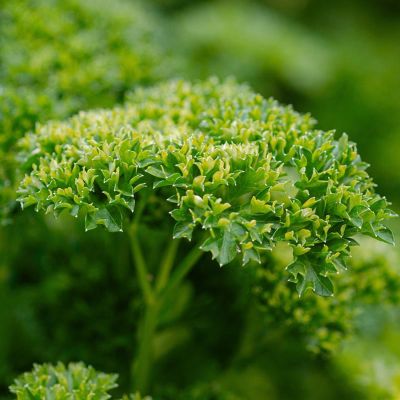
 This item is USDA certifield organic
Curled Certified Organic Parsley
$18.99
This item is USDA certifield organic
Curled Certified Organic Parsley
$18.99

 This item is USDA certifield organic
Dill Certified Organic
$18.99
This item is USDA certifield organic
Dill Certified Organic
$18.99
- Article Categories:
- How To Grow
- Organic Gardening

